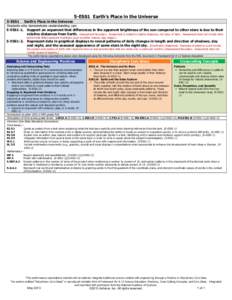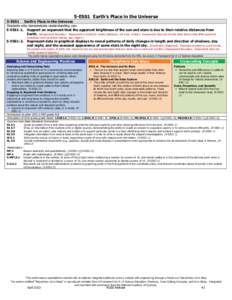21 | Add to Reading ListSource URL: spacemath.gsfc.nasa.govLanguage: English - Date: 2009-04-03 09:00:34
|
|---|
22 | Add to Reading ListSource URL: www.chandra.harvard.eduLanguage: English - Date: 2011-10-05 09:52:23
|
|---|
23 | Add to Reading ListSource URL: www.chandra.harvard.eduLanguage: English - Date: 2009-07-22 13:05:55
|
|---|
24 | Add to Reading ListSource URL: www.lpi.usra.eduLanguage: English - Date: 2008-11-04 14:53:08
|
|---|
25 | Add to Reading ListSource URL: www.nextgenscience.orgLanguage: English - Date: 2013-05-16 13:36:59
|
|---|
26 | Add to Reading ListSource URL: nstahosted.orgLanguage: English - Date: 2013-05-09 13:17:00
|
|---|
27 | Add to Reading ListSource URL: nstahosted.orgLanguage: English - Date: 2013-05-09 13:16:45
|
|---|
28 | Add to Reading ListSource URL: www.lpi.usra.eduLanguage: English - Date: 2008-11-04 14:53:56
|
|---|
29 | Add to Reading ListSource URL: sciencenetlinks.comLanguage: English - Date: 2011-10-26 10:06:49
|
|---|
30 | Add to Reading ListSource URL: xrtpub.harvard.eduLanguage: English - Date: 2009-07-22 13:05:55
|
|---|